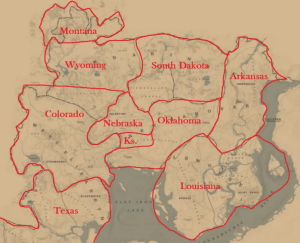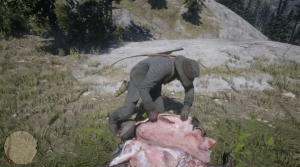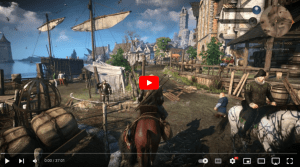Week 7: Does gaming improve our social lives?
Meaning and Play: PS5 Becoming a tool for social interaction
Gaming technology has become an integral part of the modern life. And it is expanding constantly and offering us new and exciting entertainment. PS5 has recently rolled out new features that include audio, accessibility, and social features. Additionally, PS5 has rolled out PS Remote Play for Android devices that offers greater convenience and flexibility to gamers. Oddworld creator Lorne Lanning had noted earlier that the company was working on the social features since 2020 so that they can “open the experience for gamers”. Currently, these features are available. In fact, early in 2020, a new patent was filed was by Sony for Direct Gameplay. This feature allows players to jump into specific parts of the games directly from their home menu, This means players can now connect with each other conveniently and engage with their gaming experience more conveniently than ever before.


New and exciting social features of PS5
Let’s see find out how PS5 has evolved to generate social interaction, in its own unique way to improve social lives:
- Party UI Update
Without creating a new group, this feature allows players to invite new platers to a party. Closed and open invitations can be sent to existing groups. Previously, this invitation could only be sent to individual players. So this new feature allows the players to connect with their wider social circle.
- Previewing share screen
Players can join when someone is sharing their screens at a party. The preview image of the share screen can now be seen, even before the player enters the party. This adds to be convenience,
- Joining friends on game sessions
Players can now easily see which friends of there is participating in an activity. This information is visible under the friends tab. Next to friends, the joinable icon will be displayed and payers can join games in which their friends are participating. These games can be directly joined by selecting the ‘join game’ option. The join button appears on their profile card.
- Game Hub tournaments tile
Players can now see how many tournaments they have entered, along with the highest scores that they have achieved, in the game hub. The start time for the next tournament can also be seen in the game hub. The tile can be selected to view the full tournament list.
- Reacting on messages with emojis
With the new updates, the players can also add new emojis as reaction to messages, This makes communicating with friends more convenient and easier.
The social features introduced by PS5 have enabled the players to connect with each other. These features help the players to conveniently interact with each other and engage with the gaming experience in an entertaining and socially connected manner. PS5 is indeed adding to enhancing the social lives of the players.








